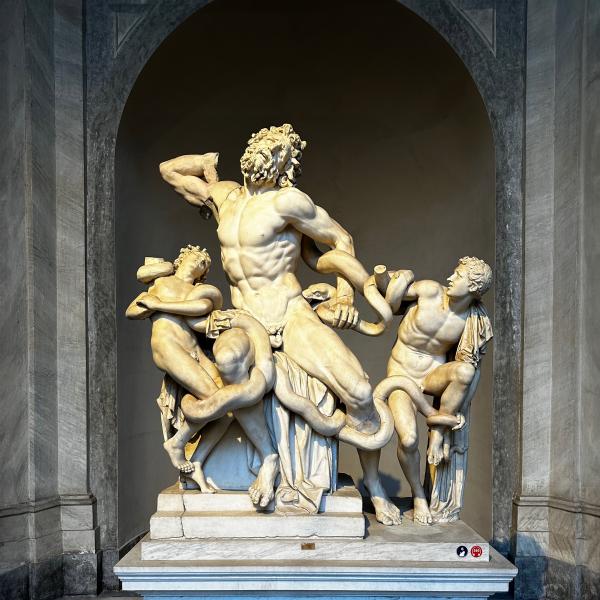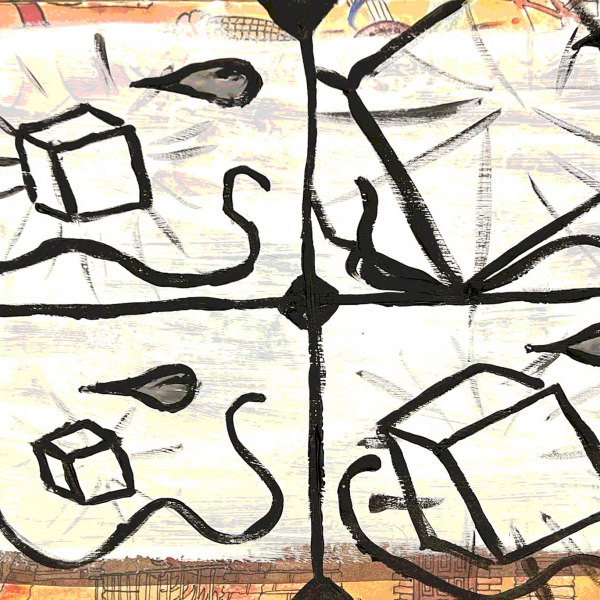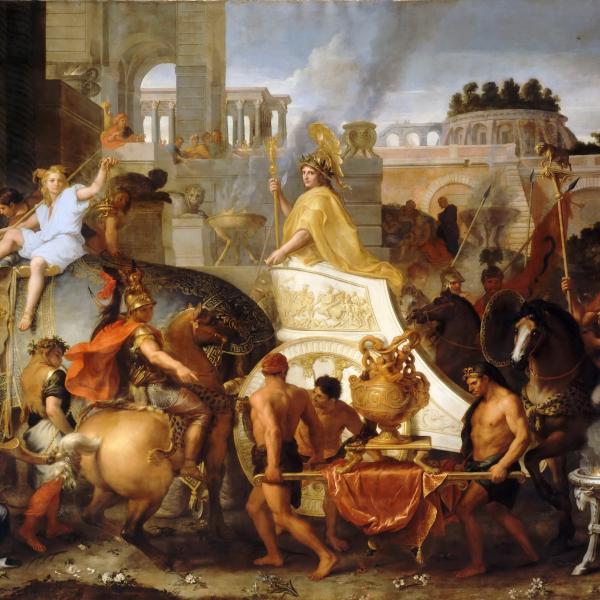Todd Decker is professor and chair of the Department of Music.
It’s supposed to be a magic moment when Seb, played by Ryan Gosling, and Mia, played by Emma Stone, rise into the air, buoyed by their blooming love, about halfway through Damien Chazelle’s La La Land. Gravity, the film insists, is no match for romance when music and dance are present.
The idea turns out to be an old one: A smitten Fred Astaire dances on the walls and ceiling in Royal Wedding, a 1951 MGM Technicolor musical that, like all Astaire’s 30 studio-era musicals, includes great musical numbers worth waiting for in their host films and, today, savoring as music videos via YouTube. The problem with La La Land’s defiance of gravity stems from its stars: They cannot sing and dance.
When Astaire charges up the wall, it’s the fantastic spectacle of a singular talent dancing — Astaire in motion — that matters. Shortly after Gosling and Stone go skyward, Chazelle cuts to a long shot of some other, more accomplished couple twirling in silhouette in space. The bodies spinning obviously don’t belong to Gosling and Stone, who might as well be watching from below with the film’s audience.
Cinematic fakery foreign to the musical genre sits at the heart of La La Land, marring the moment the lovers fall for each other by taking to the air.
And that fakery also fatally undermines Chazelle’s ideas about jazz and whiteness.
The links between Seb and Fred are many. Consider Seb as piano player. Gosling has described his preparation for the role: “I had always wanted to play piano well — so I got to learn a lot, and made strides toward that goal. It took three hours a day of practicing for three months. It was a lot of practicing, but it was well worth it.” Gosling’s efforts yielded seconds of screen time, much of it spent copying a jazz recording. While some musicians learn jazz this way, Gosling likely only going through the motions. There’s no way to know if we ever hear his actual playing.
Astaire regularly created opportunities to play piano in his films. And whenever he did, it was more than just empty motion. He played on the soundtrack too. Just as his voice is his own, his piano playing is his own. Astaire was, in short, a real musician. This used to be a basic qualification for starring in a musical film. The genre was a place for professionals, not amateurs willing to spend a few weeks practicing. Astaire was a musician to the core: not only did his tap dancing add a sounding musical element but he aspired across his long career to write popular song hits. And he practiced piano and drums at home out of a love of both — not to prepare for a film role.
Gosling and Astaire’s different skills matter because La La Land builds Seb’s character on endless spoken riffs about jazz. Gosling’s Seb wants to “defend” and “save” jazz, a tired argument reaching back to ’30s films like Blues in the Night, also about a white musician wanting to save the music. Astaire, too, loved jazz. And his films and television shows, spanning almost 40 years, unfold in constant dialogue with the music. In the ’30s, he hired Benny Goodman’s arranger for his film solos. In the ’40s, he repeatedly danced to the boogie woogie blues. In the ’60s, on television, he danced and chatted with trumpeter Jonah Jones, soul jazz organist Jimmy Smith and the legendary Count Basie.
Granted, for most of Astaire’s career, jazz was popular music. His claim to the music didn’t require Seb’s depressing hipster nostalgia. Still, Astaire forged his connection to jazz without talking about it. He cut lines from scripts that had him pontificate about the music. And when he could — outside the “Hollywood so white” ethos of the studio era — he brought African-American musicians onto his civil rights era television shows to play the music that made him dance — at a time when blacks and whites doing anything together on television was potentially controversial.
It matters that Astaire and Gosling are white men, alike privileged figures in Hollywood whatever the era. Astaire’s career as a dancing leading man begins with his whiteness. No black dancer stood a similar chance. And Fred and Seb’s relation to jazz will always be historically complicated. Astaire knew this. Gosling as Seb, going through the motions of Chazelle’s jazz fantasy, doesn’t get it.
La La Land’s adoring audiences are settling for less than the musical genre has to offer, both as a genre that celebrates real song-and-dance talent and as a place where whiteness and jazz could meet, as in Astaire’s films, in the real performance of a musical star who was fully invested in the music.




